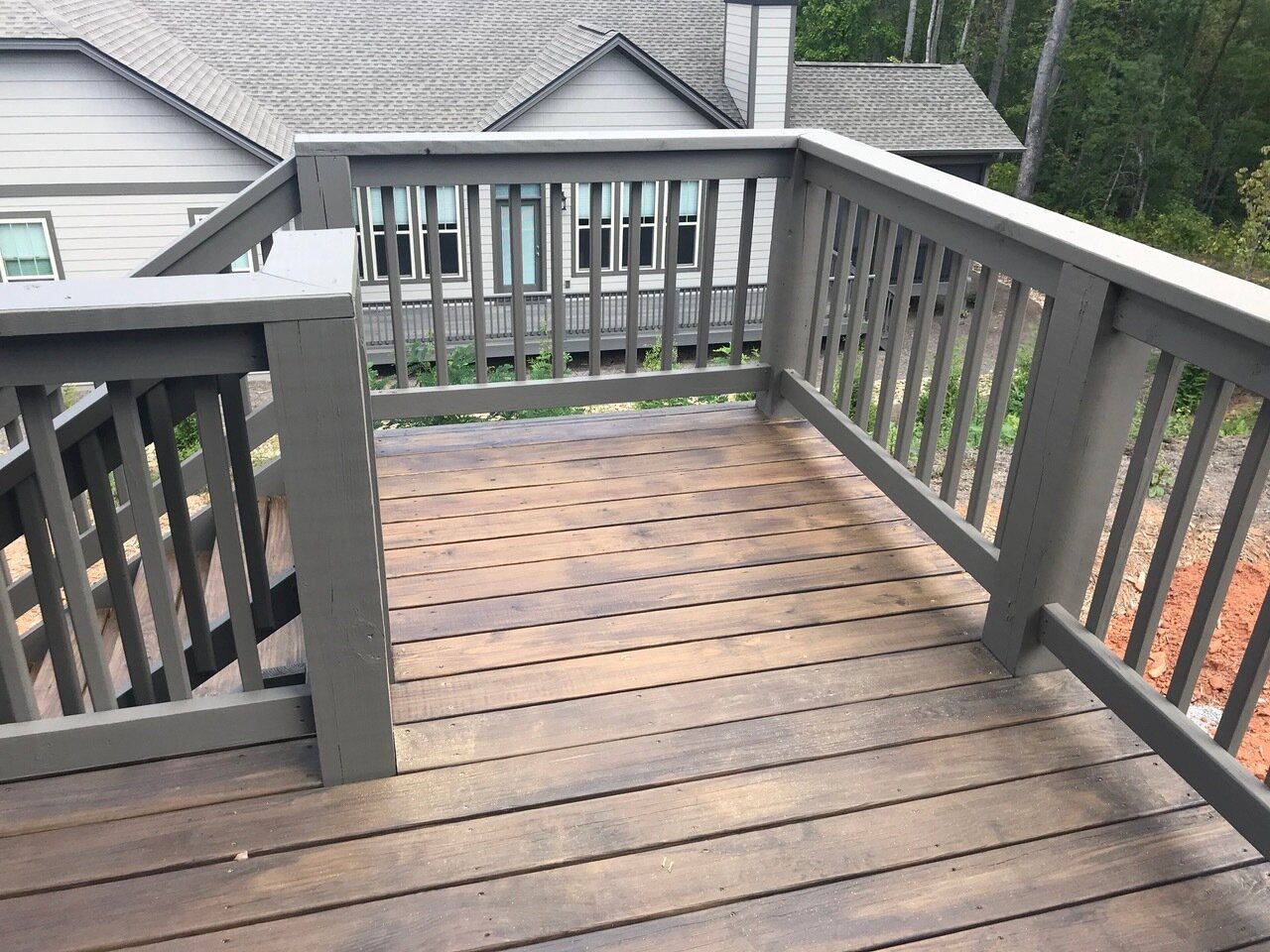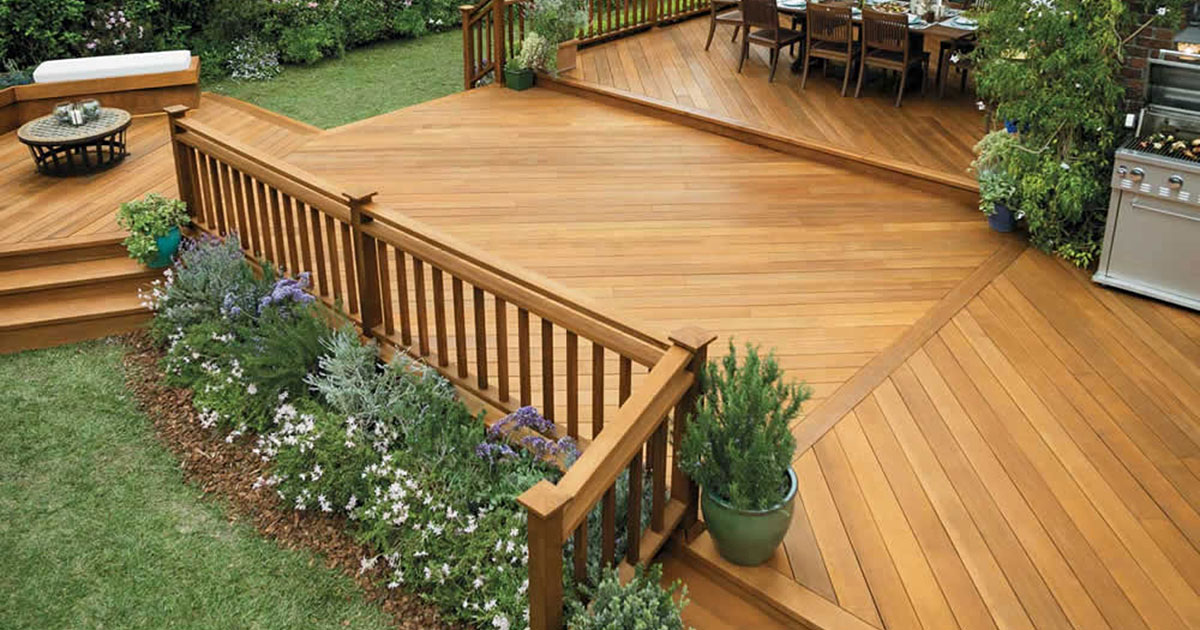Deck Staining Luster: Boost Your Exterior Living Room
Wiki Article
Picking the Right Spot for Your Fence: Tips and Considerations
When it concerns boosting the look and keeping of your fence, picking the appropriate tarnish is crucial. With a wide selection of options readily available, it can be overwhelming to identify which stain will certainly ideal fit your needs. This overview will give you with factors to consider and ideas to assist you make an informed choice. We will certainly explore the various types of fencing spots, variables to think about prior to selecting a discolor, tips for preparing your fencing for staining, and the distinctions between oil-based and water-based stains. Additionally, we will certainly look into selecting the appropriate tarnish color to match your fencing and boost your outdoor space. By adhering to these guidelines, you can ensure that your fence stays protected and aesthetically pleasing for many years ahead.Comprehending Different Sorts Of Fence Spots

On the various other hand, water-based stains are made from acrylic or latex and provide a much more subtle color to the wood. Water-based discolorations are simpler to clean up and have a quicker drying time compared to oil-based spots.
Selecting in between water-based and oil-based discolorations depends upon different aspects, consisting of individual choice, the wanted appearance, and the degree of maintenance required. Oil-based stains are recommended for surround high-traffic areas or those continuously revealed to severe climate problems. fence staining and sealing. Water-based discolorations, on the various other hand, are a prominent selection for fence suburbs where look and simplicity of usage are crucial
Recognizing the differences between oil-based and water-based discolorations aids house owners make a notified decision when selecting the appropriate discolor for their fence. Considering the specific demands of the fence, such as its location, exposure to sunlight, and wanted visual, will make certain that the selected tarnish gives resilient protection and improves the overall charm of the fencing.
Variables to Think About Before Picking a Spot

Different types of timber take in stains differently, resulting in differing levels of shade intensity and durability. Furthermore, particular woods might be much more prone to concerns like rot or insect infestation, which might influence the option of stain to protect and protect the fencing.
The climate and weather problems in your location should also be considered. You may need a discolor that supplies additional security versus dampness and UV rays if you live in an area with harsh winter seasons or high humidity. If your fence is revealed to route sunshine for lengthy durations, a discolor with UV inhibitors can assist avoid fading and discoloration.
Lastly, it is very important to consider your desired aesthetic. Various discolorations supply numerous shades and finishes, allowing you to tailor the look of your fence (fence staining). Think about the total design and style of your property, as well as any kind of neighborhood laws or homeowner organization guidelines that may determine the acceptable tarnish shades
Tips for Readying Your Fence for Discoloration
Cleaning up the fencing is a crucial action as it eliminates dust, gunk, and any kind of previous finishes that may interfere with the discoloration process. Scrub the surface carefully, paying added attention to locations with persistent stains or mold and mildew.This step is important as staining a moist or wet surface area can lead to inadequate attachment and an unequal coating. Make certain that the fence is completely dry before proceeding with the discoloration procedure.
Before staining, evaluate the fencing for any kind of damages, such as loose boards or nails. This product helps to open the timber pores, permitting the discolor to permeate much more successfully and equally.

Comparing Water-Based and oil-based Stains
When picking a stain for your fence, it is vital to compare the attributes and advantages of oil-based and water-based discolorations. Both sorts of spots have their very own benefits and considerations, so it is crucial to comprehend the distinctions between them.Oil-based discolorations are known for their resilience and resistance to tear and use. They pass through deeply right into the wood, providing outstanding security versus the aspects. They also improve the natural elegance of the timber by highlighting its grain and texture. Additionally, oil-based spots have a tendency to last longer than water-based discolorations, making them a preferred choice for fences.
On the various other hand, water-based spots are a lot more eco pleasant and less complicated to tidy up. They have a reduced VOC (unpredictable natural substance) material, which indicates they release fewer hazardous fumes into the air. Water-based stains also completely dry much faster, enabling a quicker application and much less downtime. They might not offer the same degree of defense as oil-based spots, especially in rough climate conditions.
Ultimately, the selection between water-based and oil-based spots depends on your certain needs and choices. When making your decision, take into consideration aspects such as durability, ecological impact, and ease of application. Consulting with a specialist or seeking referrals from experts can also aid guarantee that you pick the best tarnish for your fence.
Selecting the Right Discoloration Color for Your Fencing
The selection of a proper stain color for your fencing is a vital facet of improving its aesthetic charm and complementing the general layout of your outdoor area (deck staining nashville tn). The best stain color can change a plain, ordinary fence right into a striking focal factor that adds deepness and character to your propertyWhen picking a tarnish color for your fence, it is very important to take into consideration the style and design of your home. Natural tones such as browns and neutrals can produce a cozy and welcoming look if you have a traditional or typical style home. On the various other hand, if you have a contemporary or contemporary home, you could think about choosing bold and dynamic shades that make a declaration.
Another element to think about is the natural environments of your property. If you have a great deal of plant, a discolor shade that enhances the natural landscape, such as eco-friendlies or crimsons, can develop a harmonious and natural look.
Furthermore, it deserves considering the maintenance required for different discolor shades. Lighter shades often tend to reveal dust and put on even more quickly, while darker shades can conceal blemishes and call for much less constant touch-ups.
Ultimately, the choice of tarnish shade for your fencing should reflect your personal style and preferences - fence staining. Put in the time to explore different alternatives and speak with with experts if required, to ensure that you choose the best tarnish color that improves the beauty and appeal of your fence
Final Thought
In conclusion, when it comes to choosing the appropriate tarnish for your fence, it is essential to understand the different kinds of spots offered and think about aspects such as durability and preferred appearance. Choosing the right tarnish shade can enhance the overall aesthetic appeals of your fencing.We will explore the various navigate to this website types of fencing spots, elements to consider before picking a discolor, tips for preparing your fencing for staining, and the distinctions in between oil-based and water-based discolorations.Differentiating in between oil-based and water-based discolorations is vital when comprehending various kinds of fence spots. Water-based spots are simpler to cleanse up and have a faster drying out time compared to oil-based discolorations. Additionally, oil-based discolorations tend to last longer than water-based spots, making them a preferred option for fencings.
In final thought, when it comes to picking the best tarnish for your fence, it is vital to comprehend the various types of spots available and think about variables such as durability and preferred appearance.
Report this wiki page